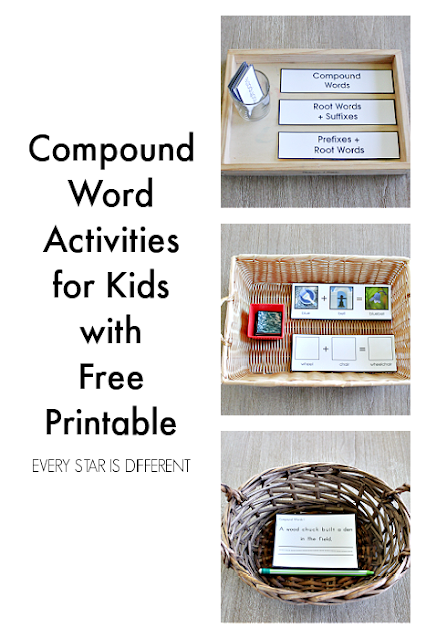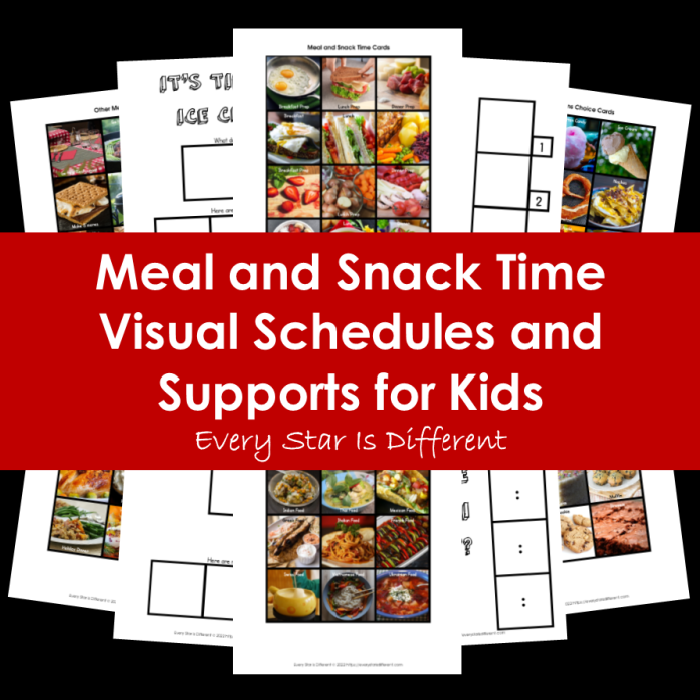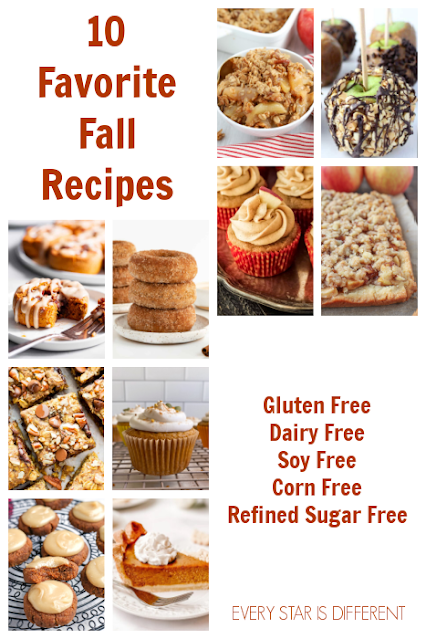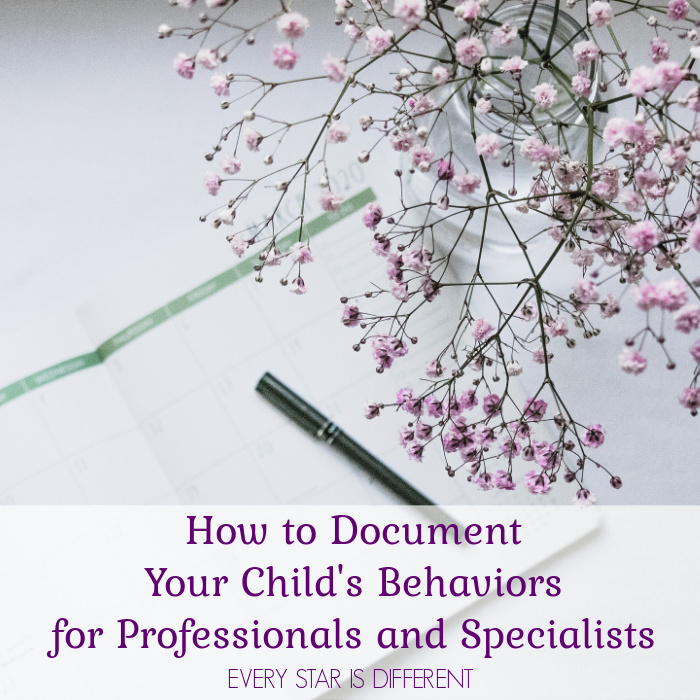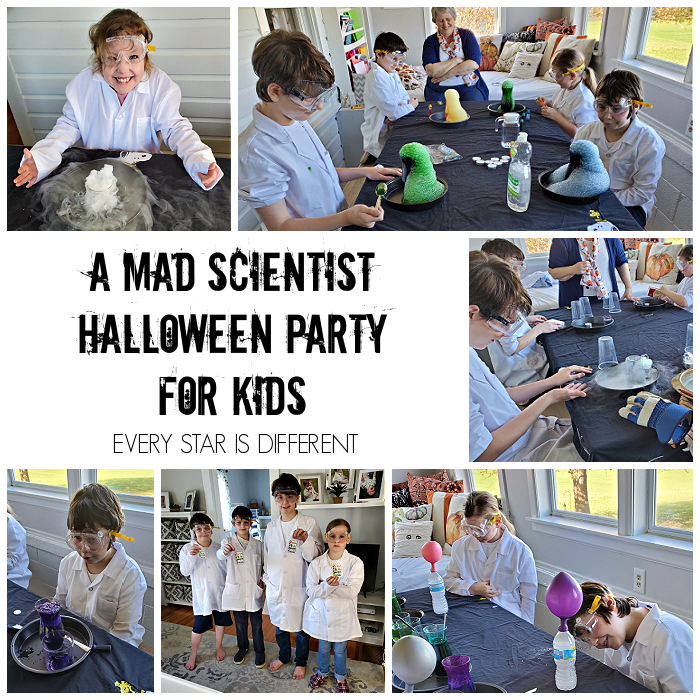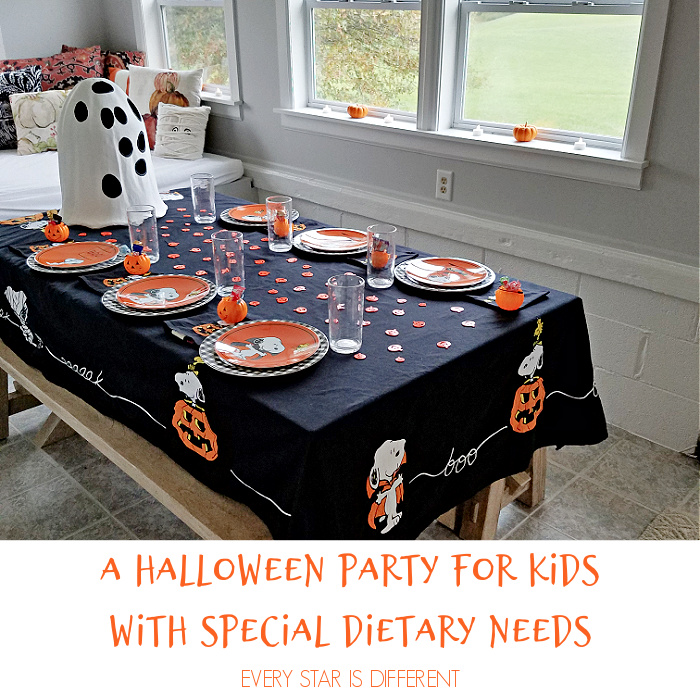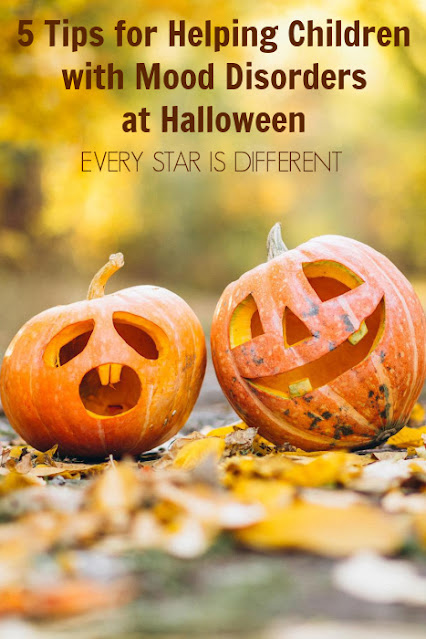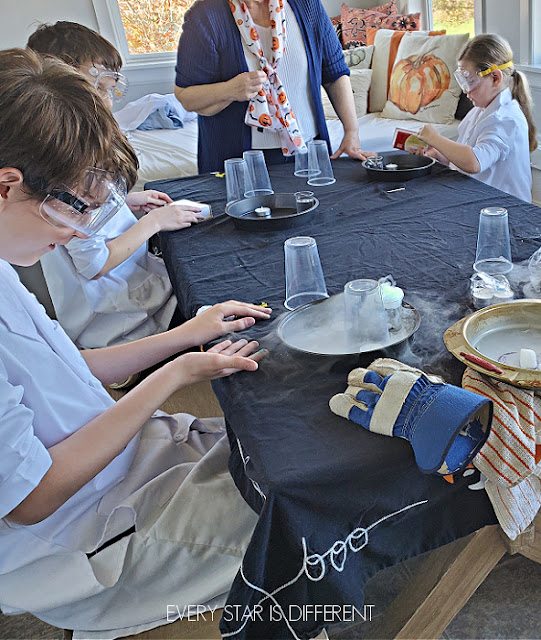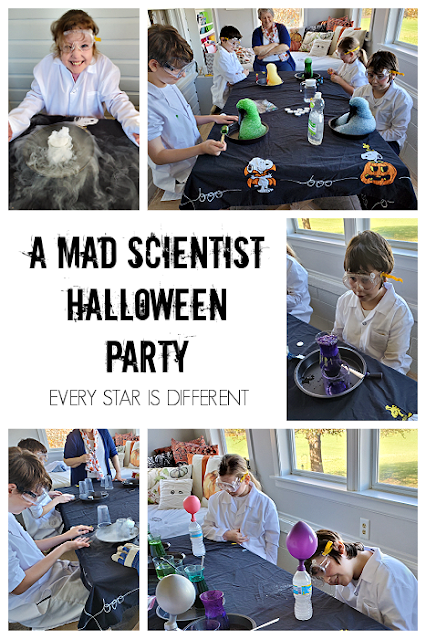Warning: This post contains information about behaviors at home related to Reactive Attachment and may be triggering to some.
This post was written for caregivers who are struggling and are searching the internet to understand why they feel and say, "I hate my RAD child."
Reactive Attachment Disorder is real and takes a tremendous toll on caregivers. If you choose to continue reading, please be kind and nonjudgmental.
Unless you've walked a mile in their shoes, you can't imagine what they've been through.
As a parent of a child with Reactive Attachment Disorder, at the end of the night, after the kids go to bed, it's completely normal to find yourself in tears, hoping and praying that the events of the day weren't real and didn't happen.
Because if they were real and did happen, it means you have to reckon with yourself about how you responded to each and every situation.
You know you made mistakes.
You may even feel like a monster.
You also have to accept that your child with Reactive Attachment Disorder actually did what your brain still can't quite comprehend is possible for a child at that age.
Nothing prepares you for this life.
And so then you stay up as late as you can, because you dread the arrival of the next day and what it will bring.
I remember laying in bed with my head on a wet tear stained pillow, after a really HARD day, looking over at my husband and saying, "I really don't like my child today."
Some may even say, "I hate my RAD child today."
Now, I know what you're thinking.
How in the world can you not like your child?
How can anyone hate a child, whether they have Reactive Attachment Disorder or not?
And I agree.
It's unthinkable.
But, all of us are human and imperfect.
Sometimes our emotions get the best of us.
We say something in private (never to the child) that seems the simplest way to express the complicated emotions we're feeling.
We're so exhausted and beyond not okay. The only phrase that comes out, is one like mentioned above.
So let's be clear!
When a caregiver says, "I hate my RAD child," these are the thoughts of a caregiver who is emotionally and sometimes physically broken.
These are the thoughts of a caregiver who is having to accept that nothing is working and no one knows what to do to make things better.
These are the thoughts of a caregiver who's life has been turned upside down and inside out one time too many.
These are the thoughts of a caregiver who has been pushed beyond any acceptable limits and is still expected to function perfectly to keep everyone safe.
These are the thoughts of a caregiver who is not okay and needs help, not judgement.
Do I really dislike my children with Reactive Attachment Disorder?
Absolutely not.
They are incredible... and beautiful... and smart... and so, so, so much more.
I LOVE my children.
Does one really hate a RAD child?
NO.
"I hate my RAD child" comes out when we don't have the energy to say everything else.
I hate that love isn't enough.
I hate feeling so incredibly helpless all the time.
I hate myself for what I've become trying to keep everyone safe and okay.
I hate the trauma that caused Reactive Attachment Disorder in the first place.
I hate the trauma Reactive Attachment Disorder causes to the ones I love now.
I hate that my child has to suffer so dang much.
I hate that Reactive Attachment Disorder even exists.
I hate the relationships lost because of Reactive Attachment Disorder.
I hate the community involvement with our family because of Reactive Attachment Disorder.
I hate the financial burden that Reactive Attachment Disorder has put on my family.
I hate that nobody understands what my family goes through, and therefore thinks I'm crazy.
And what I hate most, is that I can't take Reactive Attachment Disorder away.
I can't make it disappear.
I've lost count of how many times I've said to a therapist, how I wish I could wave a magic wand and make it all go away, so my child can be safe and okay.
But I can't.
I hate that I can't.
So what does a caregiver do when feeling this way?
Know you're not alone.
It's okay to feel the way you're feeling.
It doesn't mean you are bad or wrong.
You feel anger, despair, fear, and so many other extreme and complicated emotions that you don't have the time to sort out.
The phrase, "I hate my RAD child" is shorthand for everything else that you just don't have the energy to say or deal with at the moment.
Because let's be honest, if you took the time to sort through the feelings you're really feeling, you may not be able to handle the grief and pain that's so very real.
You may break, and no one can afford to have that happen.
So take a moment by yourself.
Find a way to take care of you, even if it's something really simple, like polishing your nails.
Remind yourself that you are alive and are more than a caregiver of a child with Reactive Attachment Disorder.
And then, if it's possible, find your person.
Whether it be a therapist, a friend, or church leader, you NEED to talk to someone outside of your home.
Find a person that can bring perspective to your situation, one that won't judge, but instead will accept you where you're at.
Most important, choose not to be the only caregiver of a child with Reactive Attachment Disorder until you've worked through these feelings, if at all possible. This protects you and your child.
If you can't get a break, call a friend or relative to come spend time with you and your child.
You can do this.
You are okay.
As a caregiver of two children with Reactive Attachment Disorder, I can't promise that everything will be okay.
I can't promise that things will get better, but they might.
I can't promise that you won't have to endure more pain and hardship.
But what I can say, is...
I see you.
I know you.
I feel you.
You may forever carry scars from the trauma you're enduring.
You will not ever be the same person you were before Reactive Attachment Disorder entered your life.
But you can survive it.
You can love.
You can care.
Love may not be received, but it's still important to remind yourself, that you're still you, and Reactive Attachment Disorder can't take that from you.
You know Reactive Attachment Disorder is not the child's fault.
You know that with consistent love and care, there is a chance that YOU will be the one who helps your child heal.
No one can do that, except a loving, caring and consistent caregiver.
YOU are that caregiver.
Love, care and consistency look different in each and every situation in order to keep everyone safe.
Don't sacrifice you for your RAD child.
You need to be at your best in order to do this.
You CAN do this!
For those who would like more Reactive Attachment Disorder resources, be sure to subscribe to our free newsletter.
Click HERE to Subscribe to our FREE Newsletter
If you enjoyed this post, you may also enjoy the resources below.

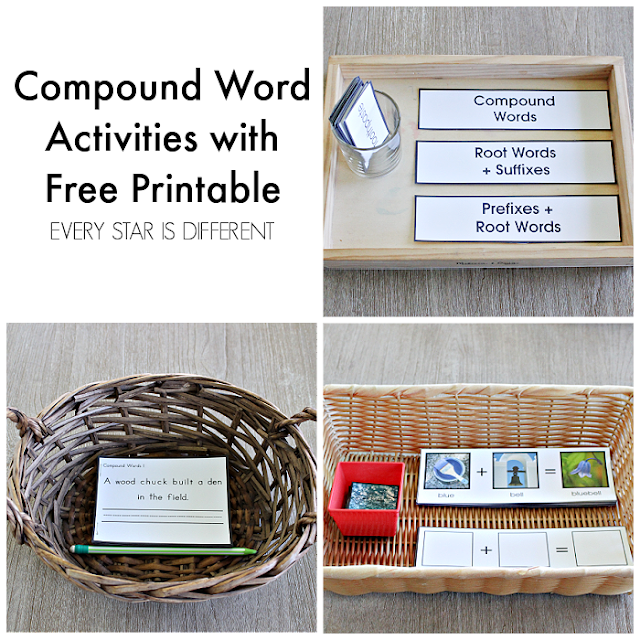
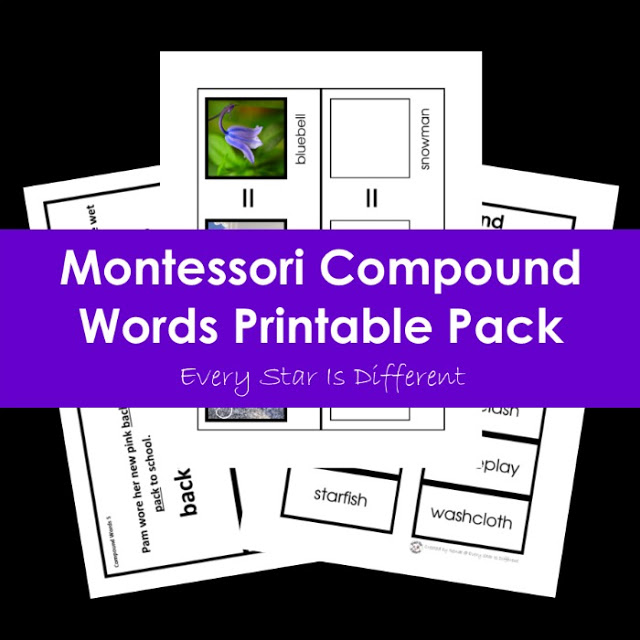



.png)










